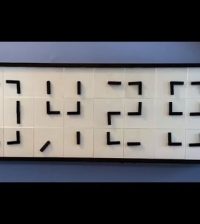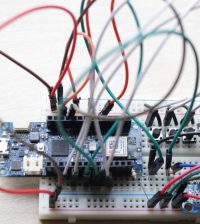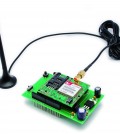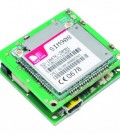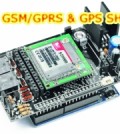- makeITcircular 2024 content launched – Part of Maker Faire Rome 2024Posted 2 weeks ago
- Application For Maker Faire Rome 2024: Deadline June 20thPosted 2 months ago
- Building a 3D Digital Clock with ArduinoPosted 7 months ago
- Creating a controller for Minecraft with realistic body movements using ArduinoPosted 7 months ago
- Snowflake with ArduinoPosted 8 months ago
- Holographic Christmas TreePosted 8 months ago
- Segstick: Build Your Own Self-Balancing Vehicle in Just 2 Days with ArduinoPosted 8 months ago
- ZSWatch: An Open-Source Smartwatch Project Based on the Zephyr Operating SystemPosted 9 months ago
- What is IoT and which devices to usePosted 9 months ago
- Maker Faire Rome Unveils Thrilling “Padel Smash Future” Pavilion for Sports EnthusiastsPosted 10 months ago
Insight Into ESP32 Sleep Modes and Their Power Consumption
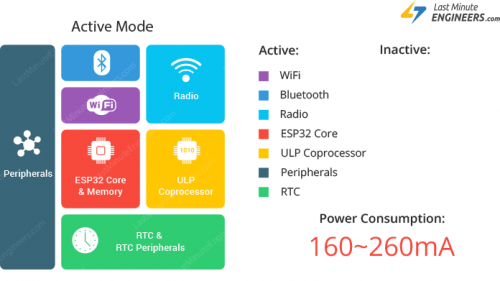
There is no question that ESP32 is a worthy competitor to many WiFi/MCU SoCs out there, often beating it on both performance and price. But, depending on which state it’s in, the ESP32 can be a relatively power-hungry device.
When your IoT project is powered by a plug in the wall, you tend not to care too much about power consumption. But if you are going to power your project by batteries, every mA counts.
The solution here is to cut back ESP32’s power usage by leveraging one of its Sleep Modes. It’s really a great strategy for dramatically extending the battery life of a project that doesn’t need to be active all the time.




